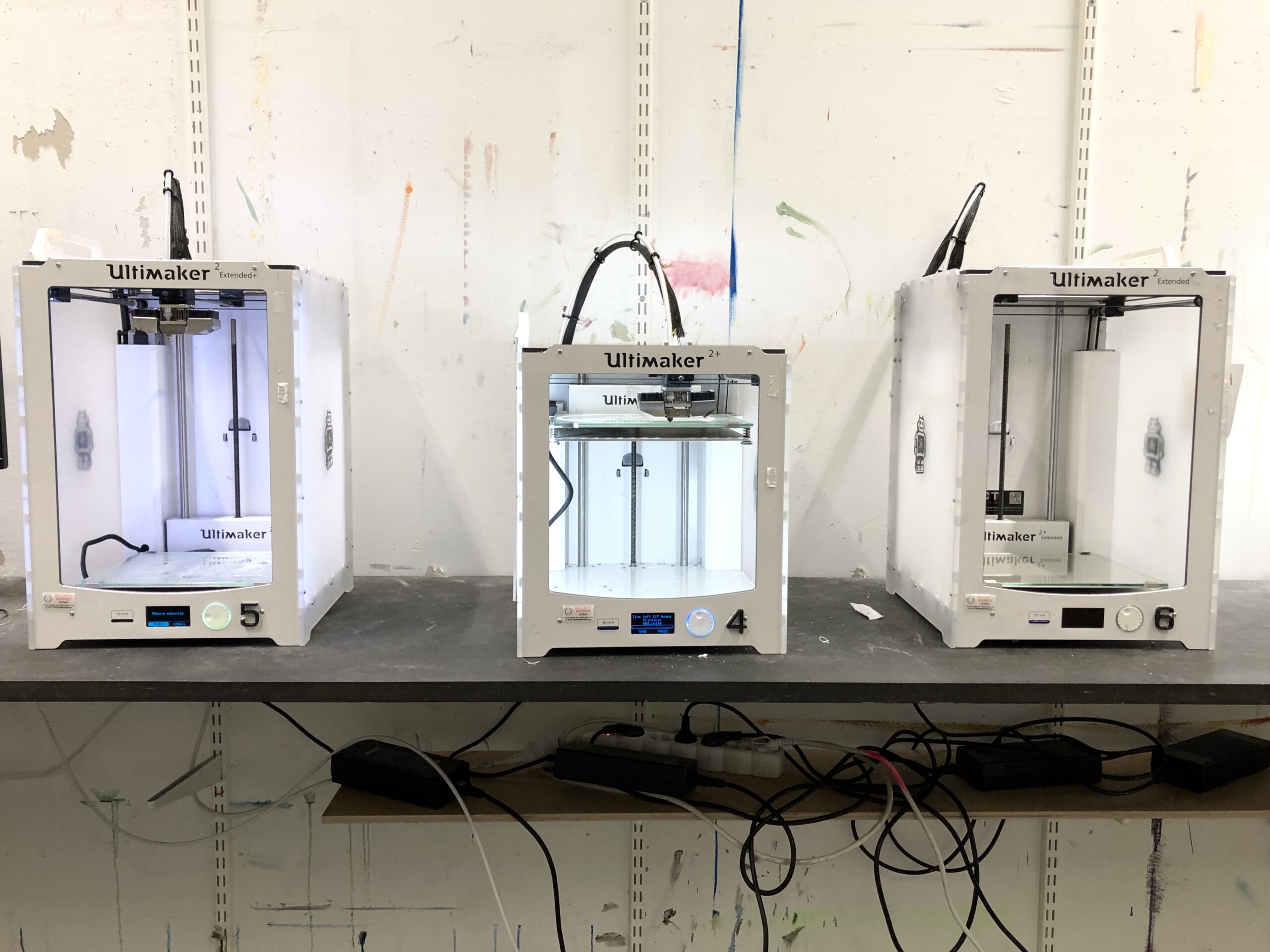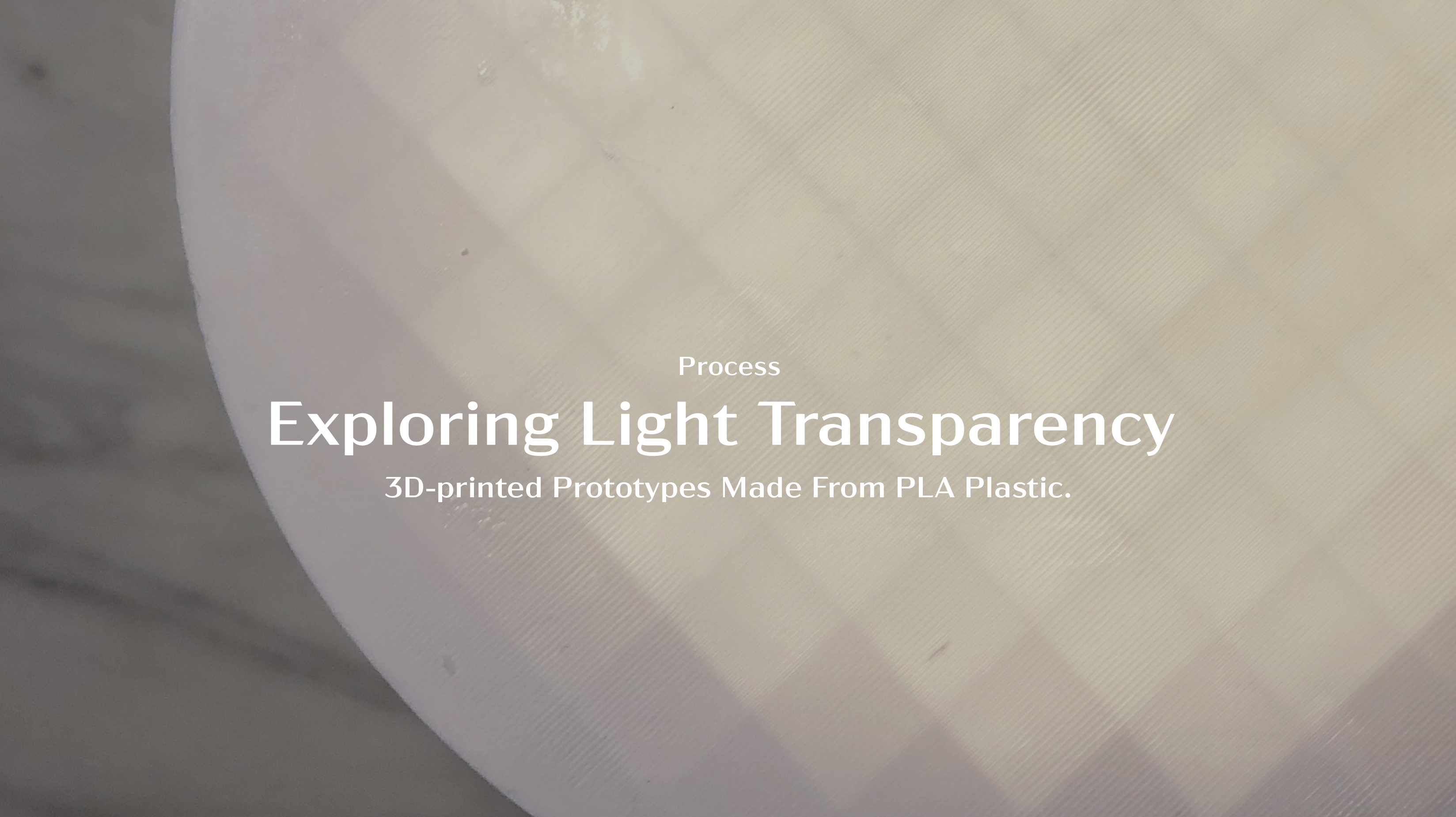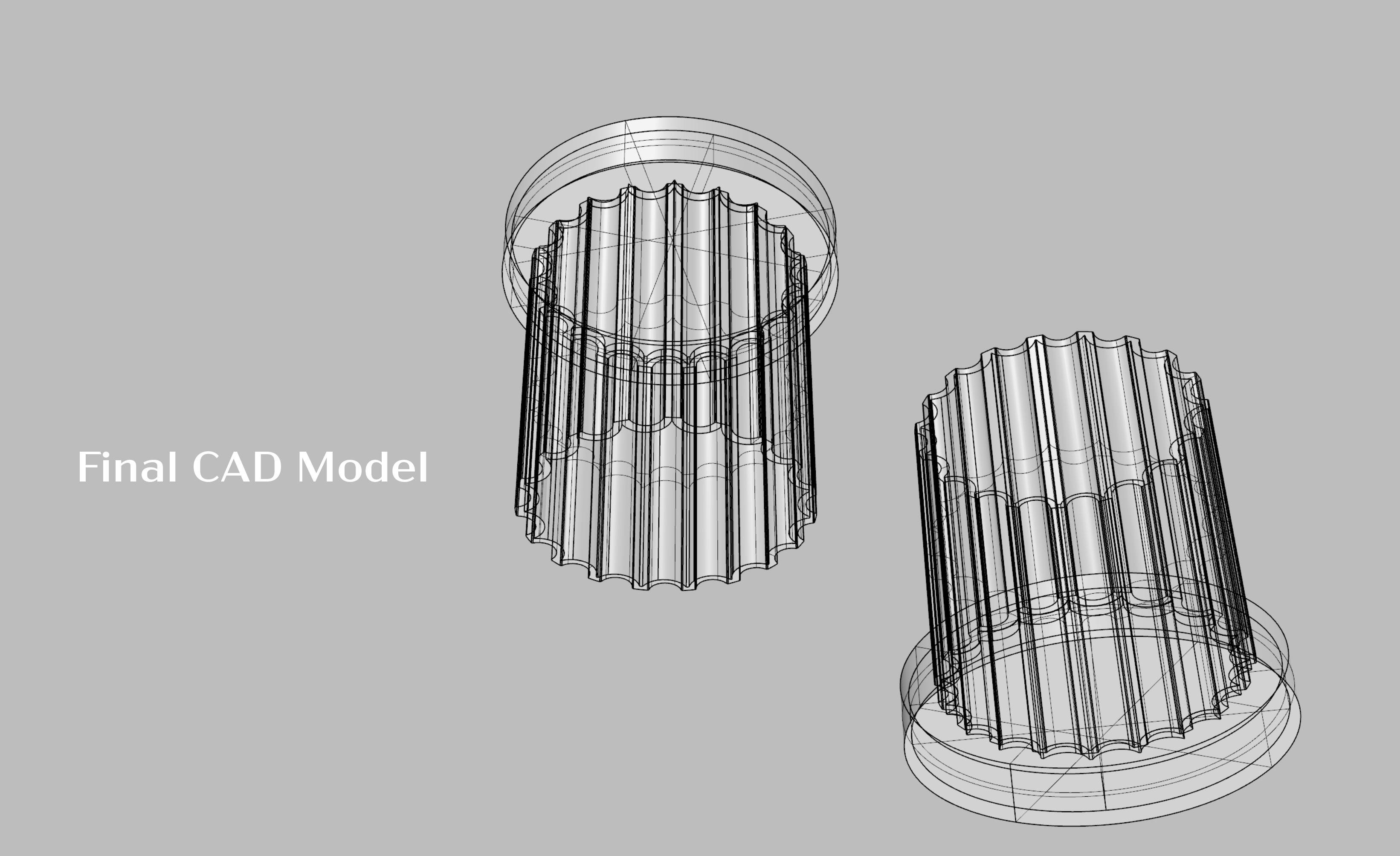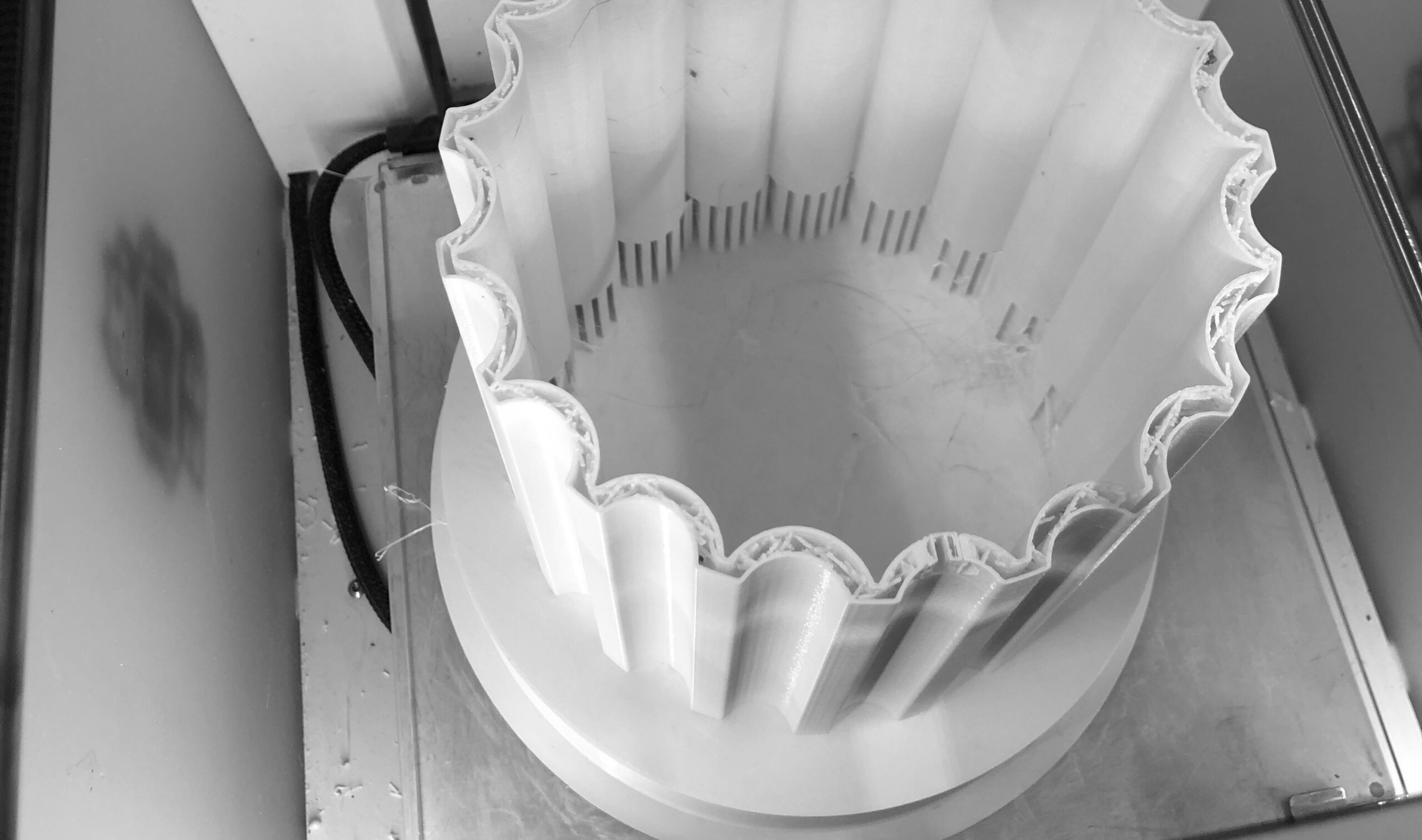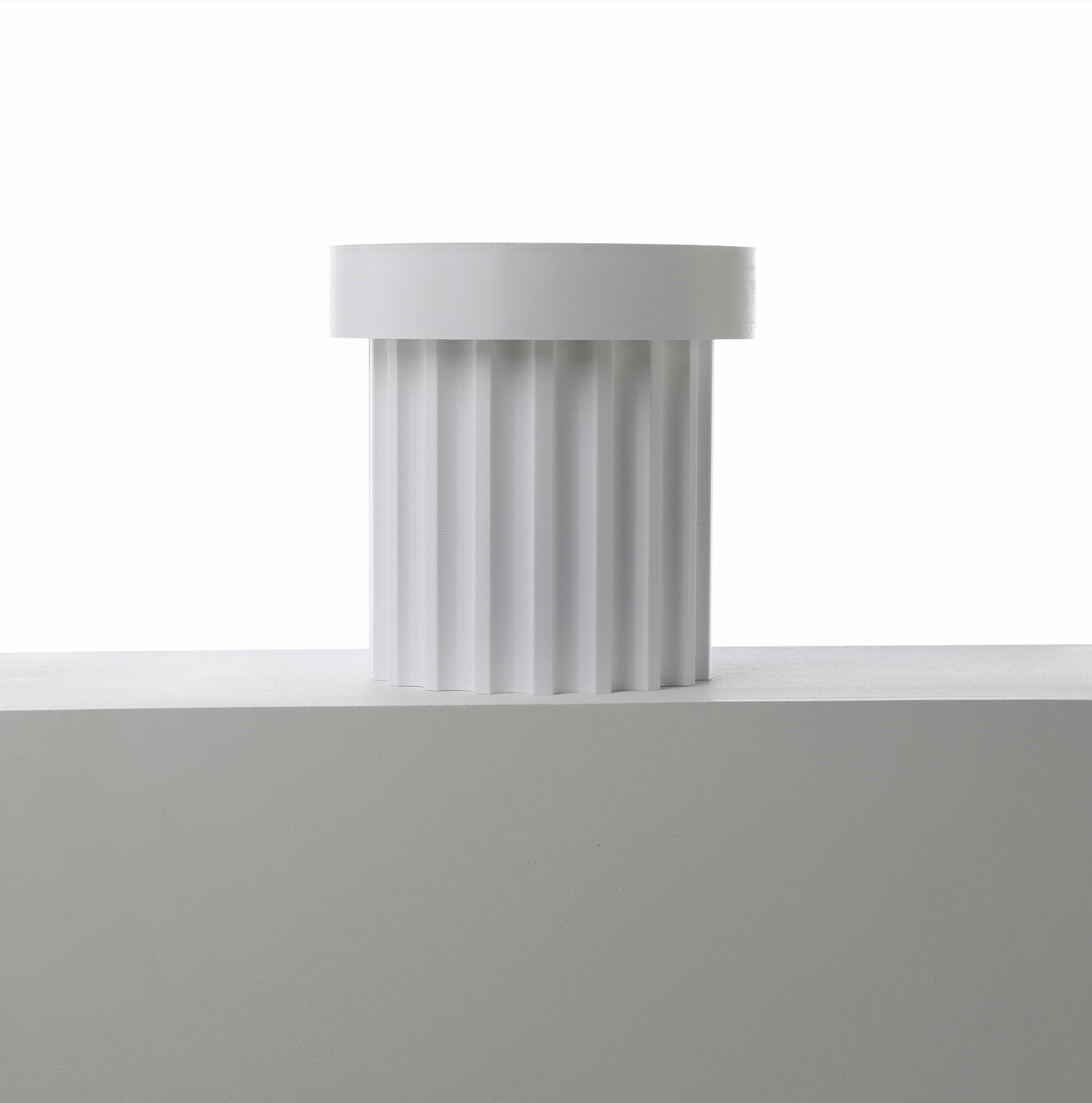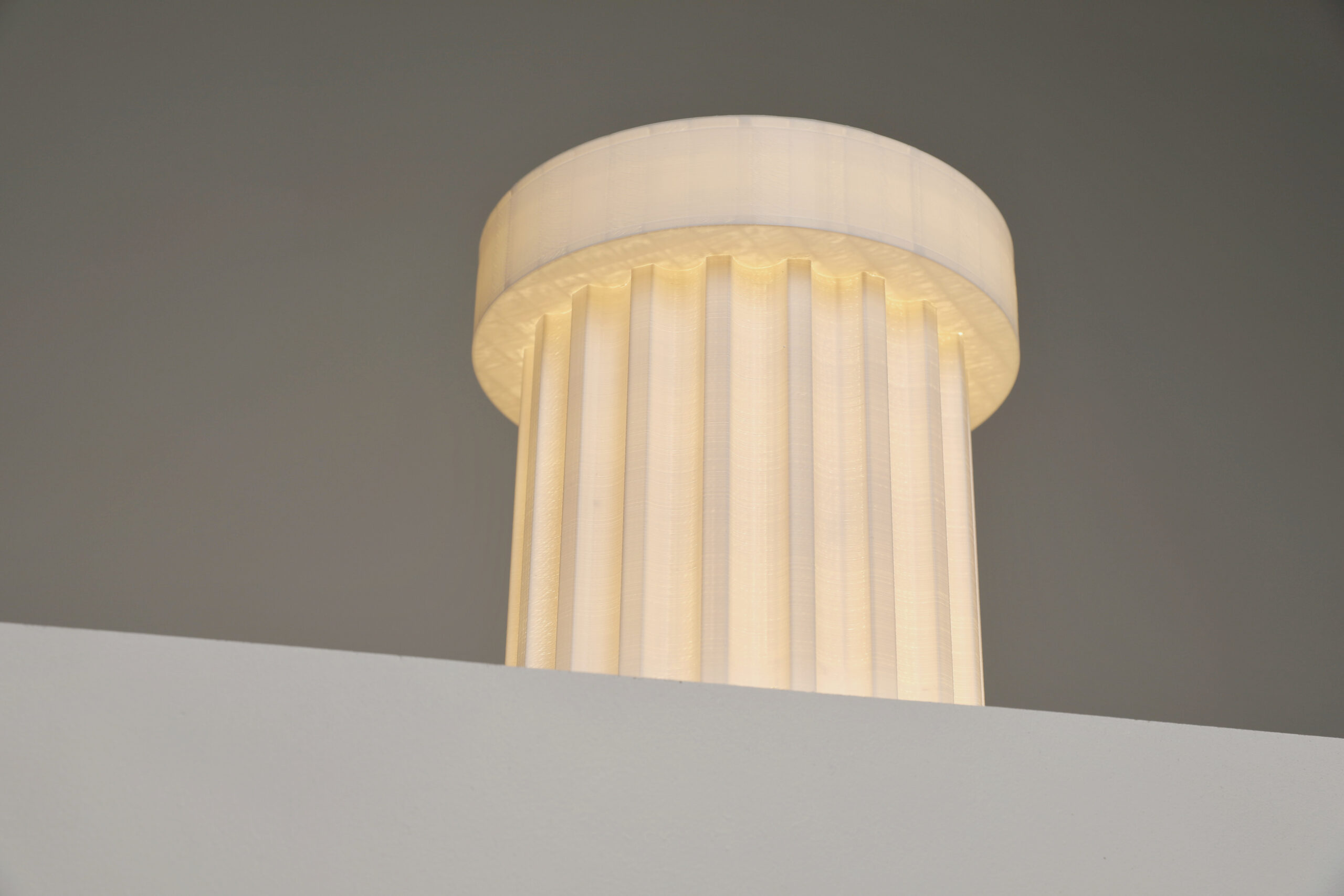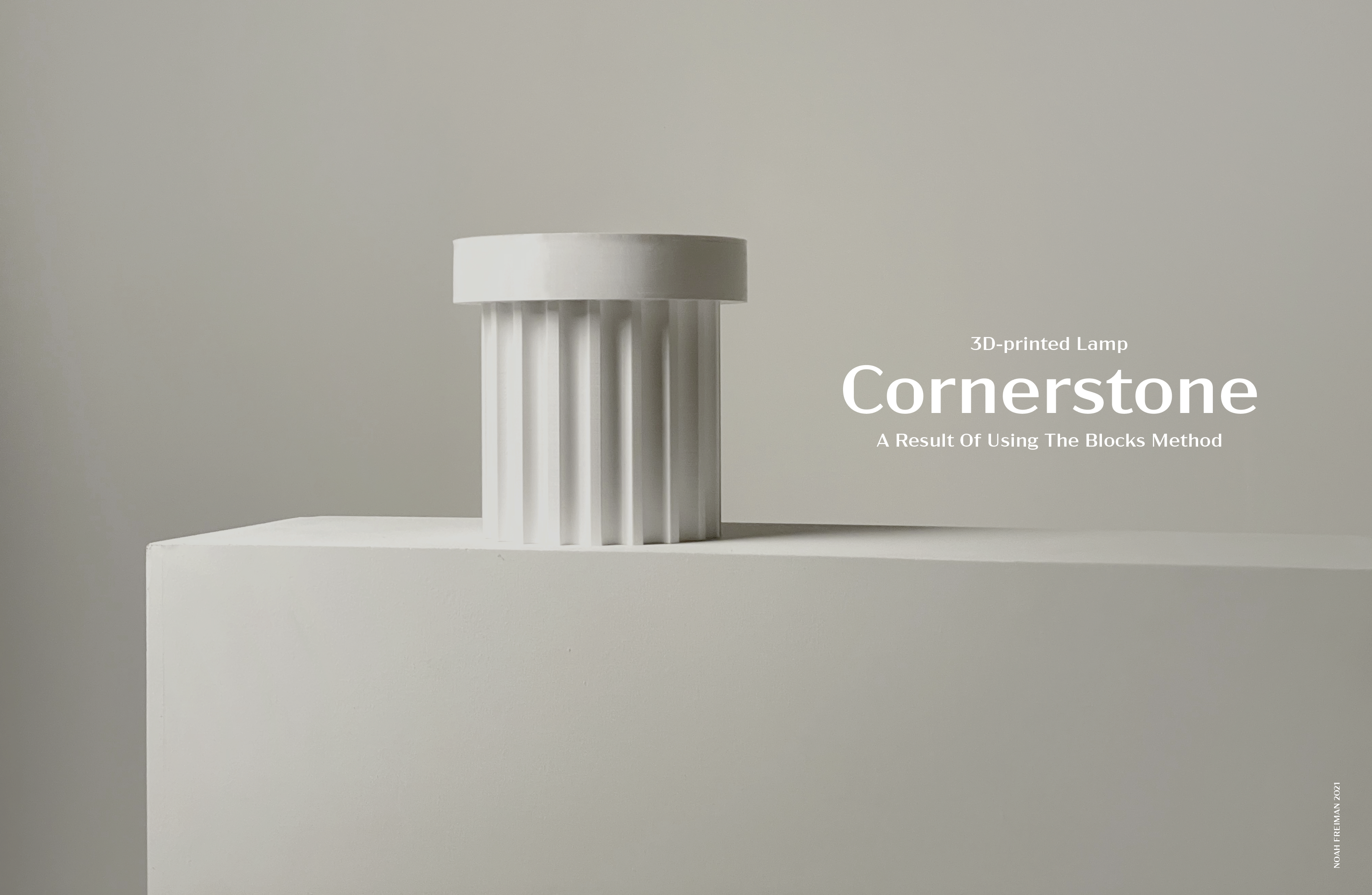Cornerstone
A Toolkit For Designers & A Lamp For Everyone.
I have been exploring different ways of prototyping with physical form. This project is aimed towards other designers and focusing on how the physical prototyping phase can be optimized and more efficient. As designers we tend to get comfortable when it comes to creating prototypes. We have our own ways of prototyping and prefer to stay in our comfort zone. This limits the designers creativity and entails that the results don’t get any greater variation.
Another issue is that physical form is hard to translate to digital form. A carefully handcrafted sculpture can be nothing more than a time consuming effort since the designer has to start all over to create a replica in CAD.
I strongly believe that the design of tomorrow can only arise if we step outside our zone and begin to think outside the box.
This resulted in a method that I call Blocks and is a set of rectangles made from MDF that can be arranged in different ways to give the designer a variety of prototypes to choose from. Since a lot more products are designed in CAD I wanted this method to be easy to implement to a CAD program after the physical prototyping phase has been completed. I decided to go with simple block shapes since many CAD programs consist of shapes similar to that. This enables the designer to prototype by hand in the same language as the computer software. Another advantage is to see shapes and volumes physically and understand proportions directly.
To my exploration of methodology I decided to dedicate it to one product that always has been an inspiration to me. I picked columns as my reference object. It is a product of gentle craftsmanship that always has fascinated me. It has a very interesting form language and an important function. It has also a lot of history and symbolism that I wanted to explore. I therefore decided to create a contemporary interpretation of a column where I associate its symbolism with the word cornerstone.
-The column became my reference during this project and the guinea-pig for all my trials and attempts with the Blocks method.
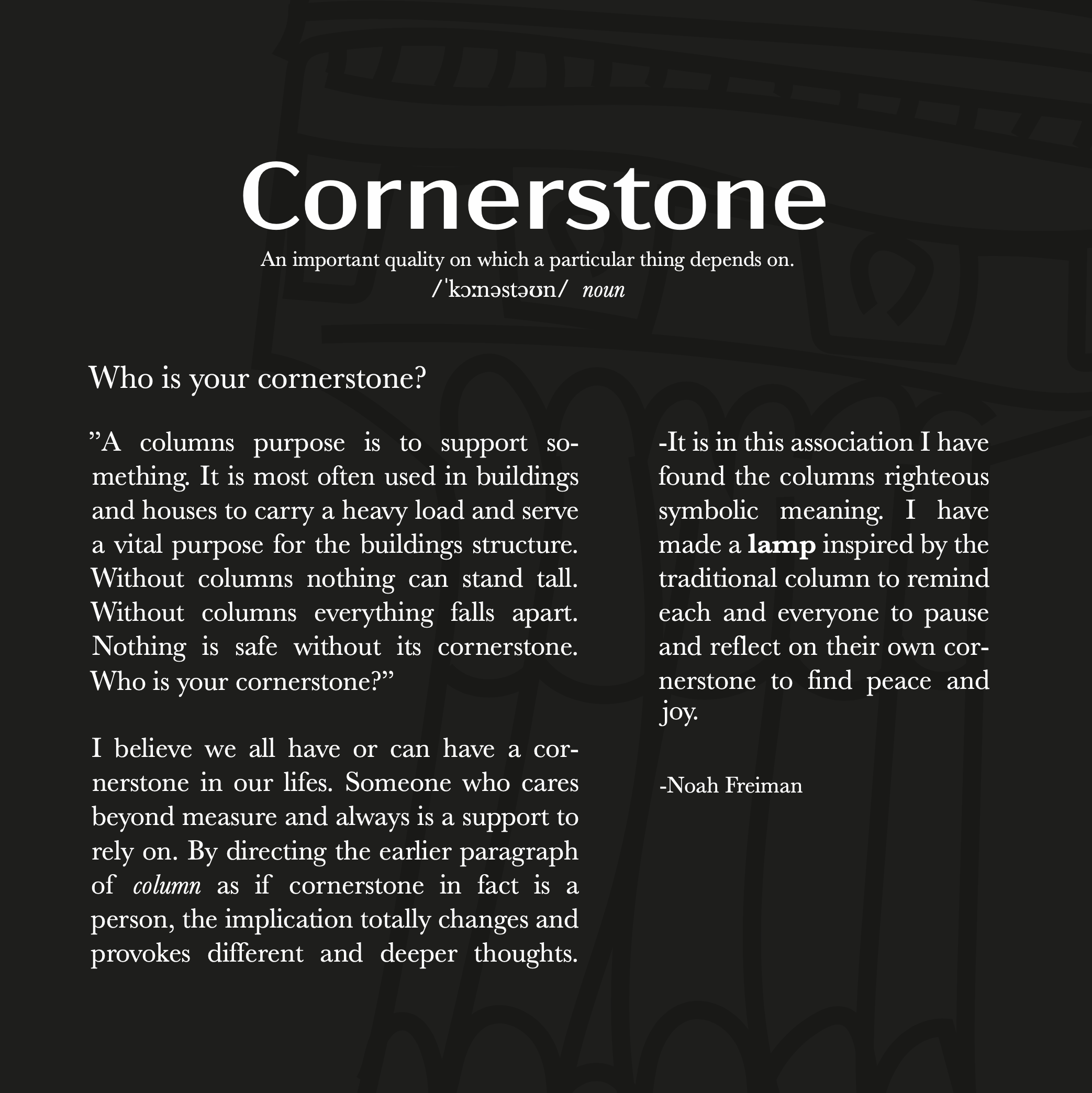
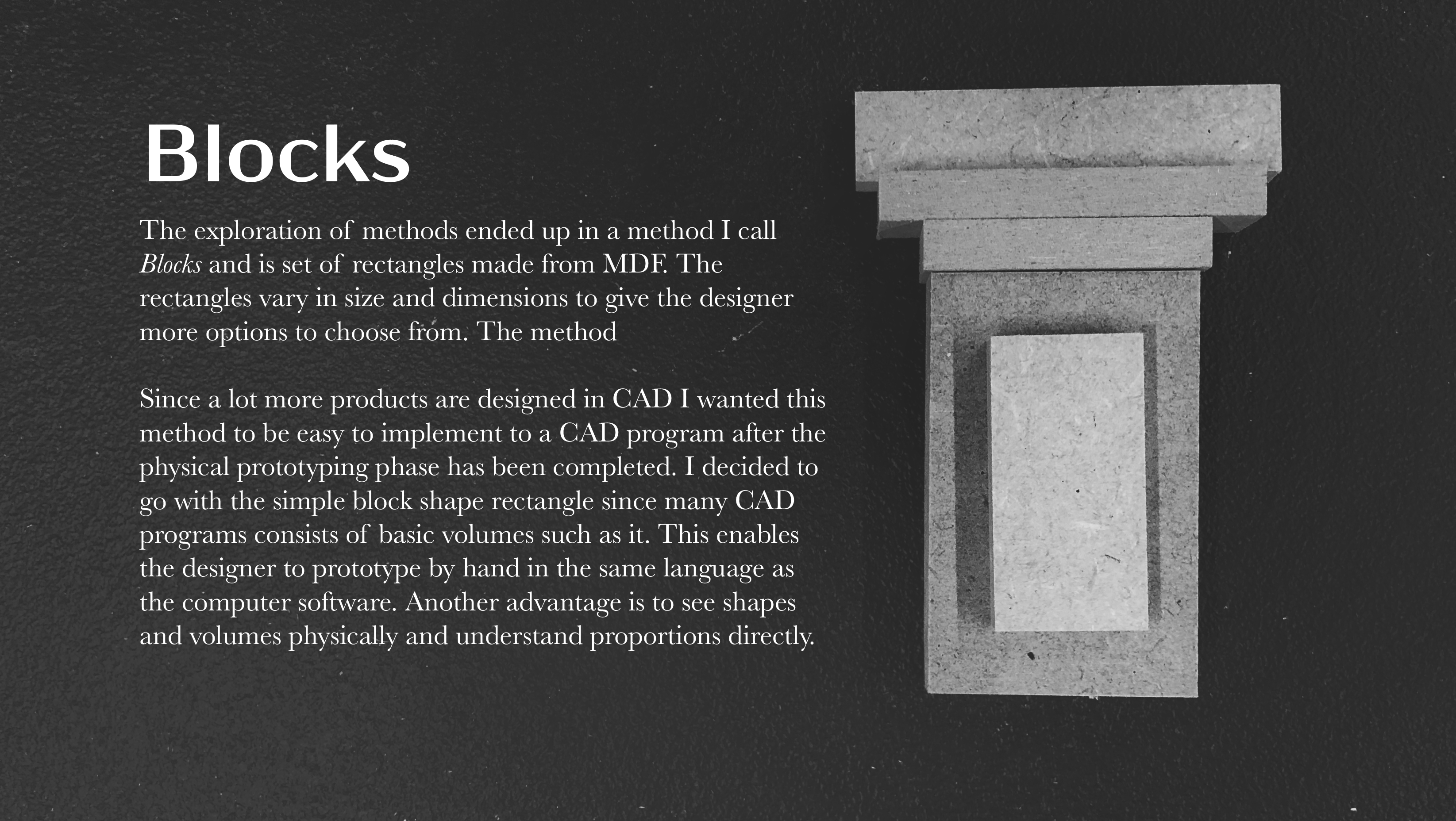
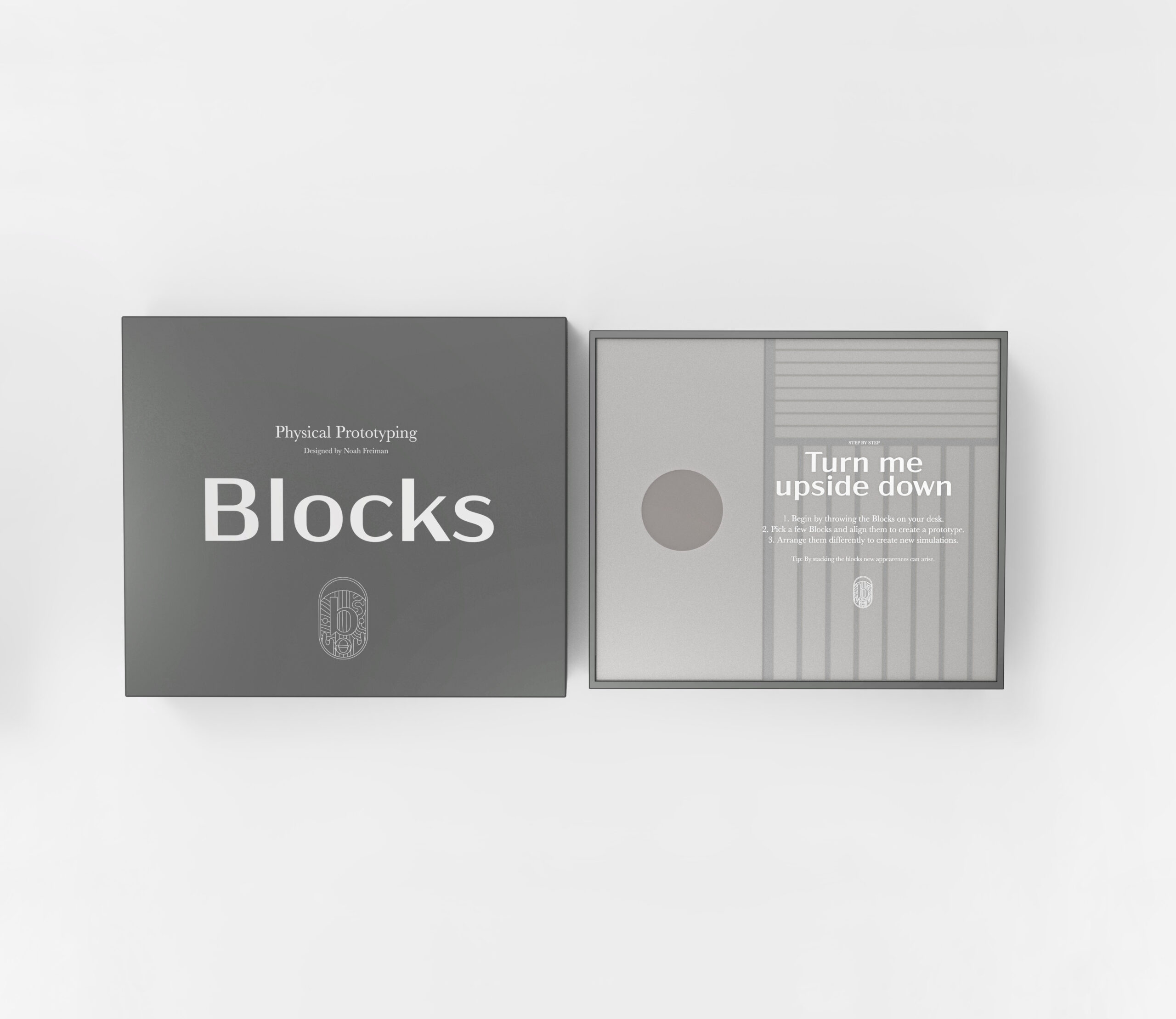
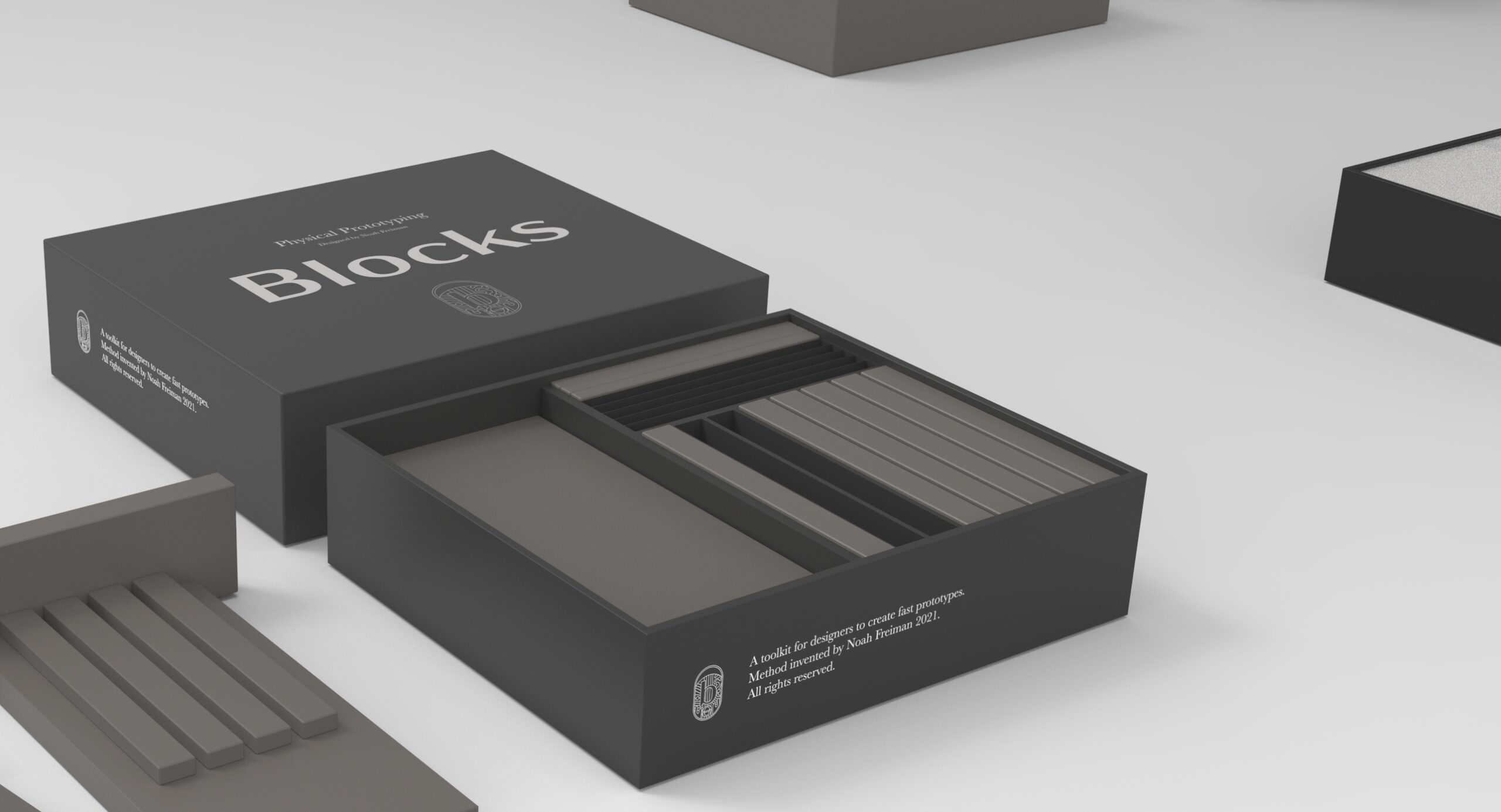
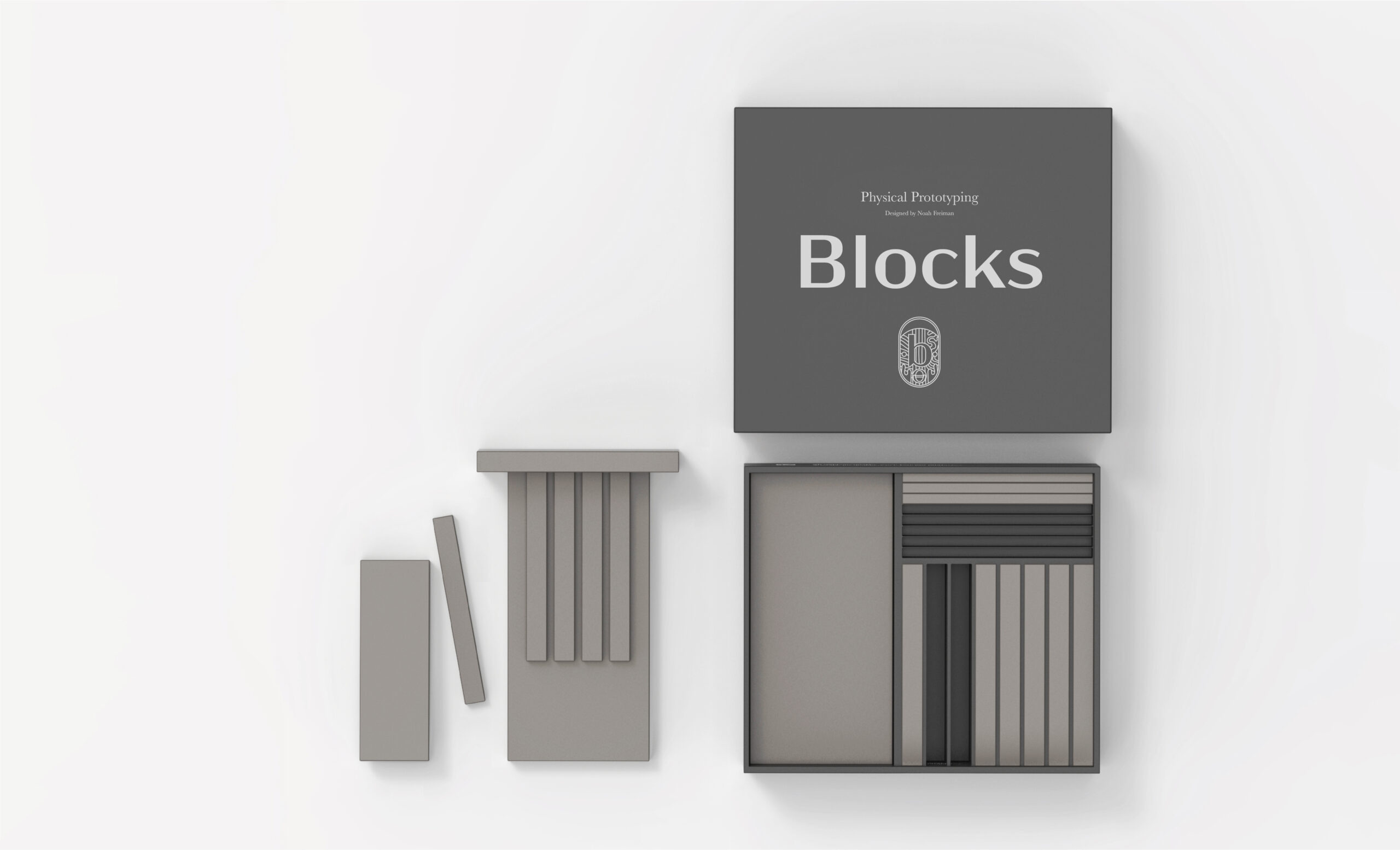
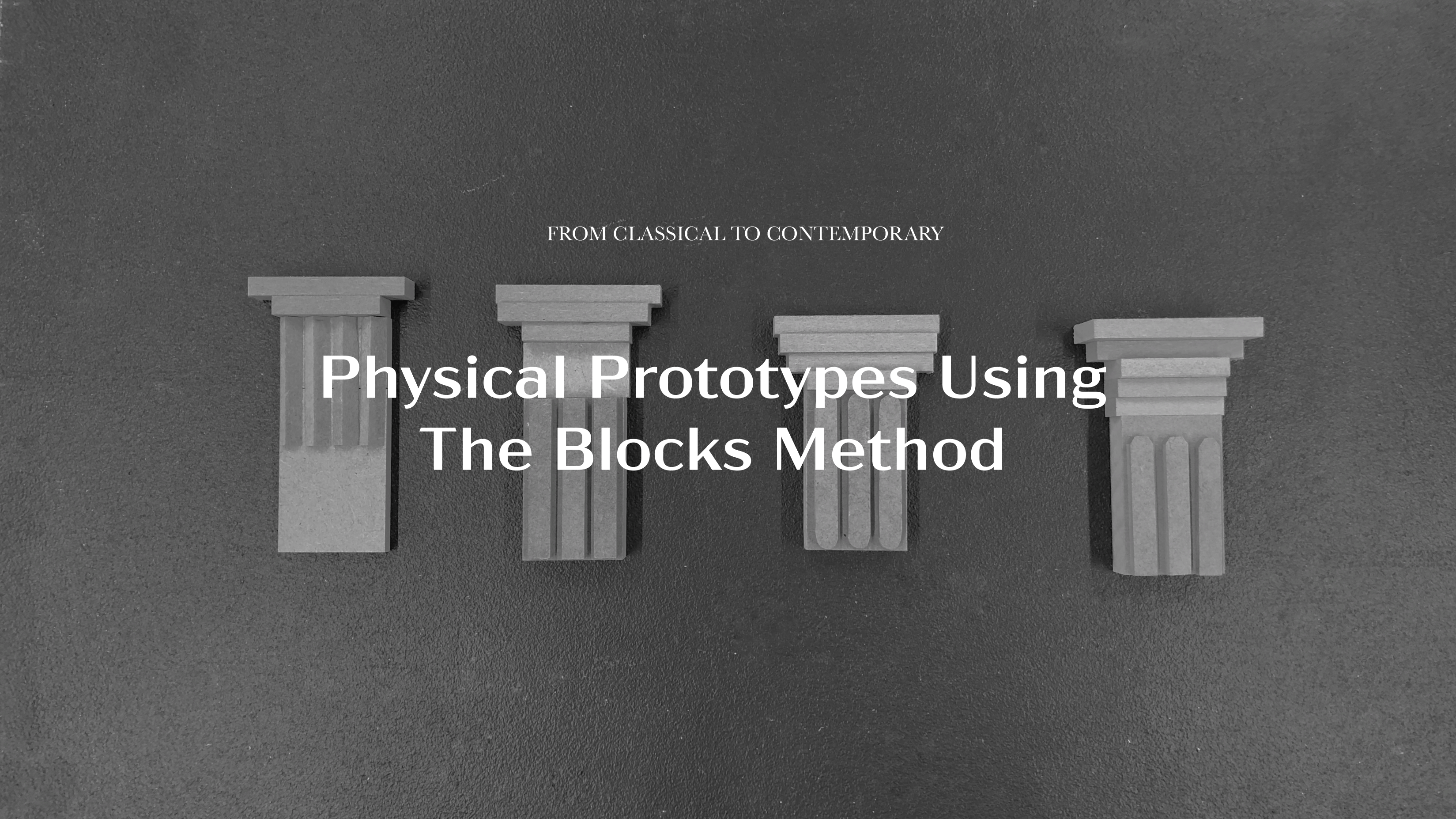
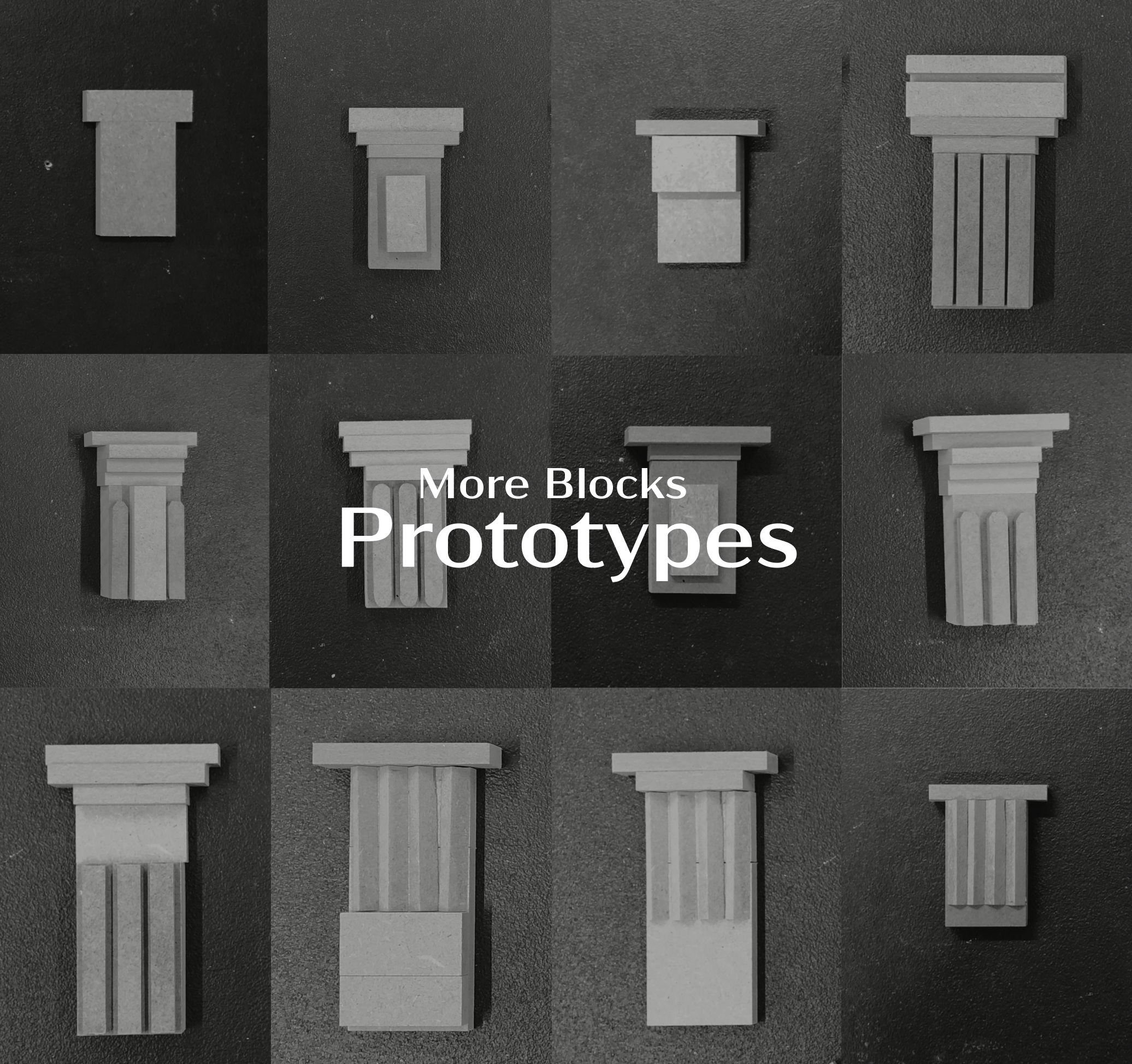
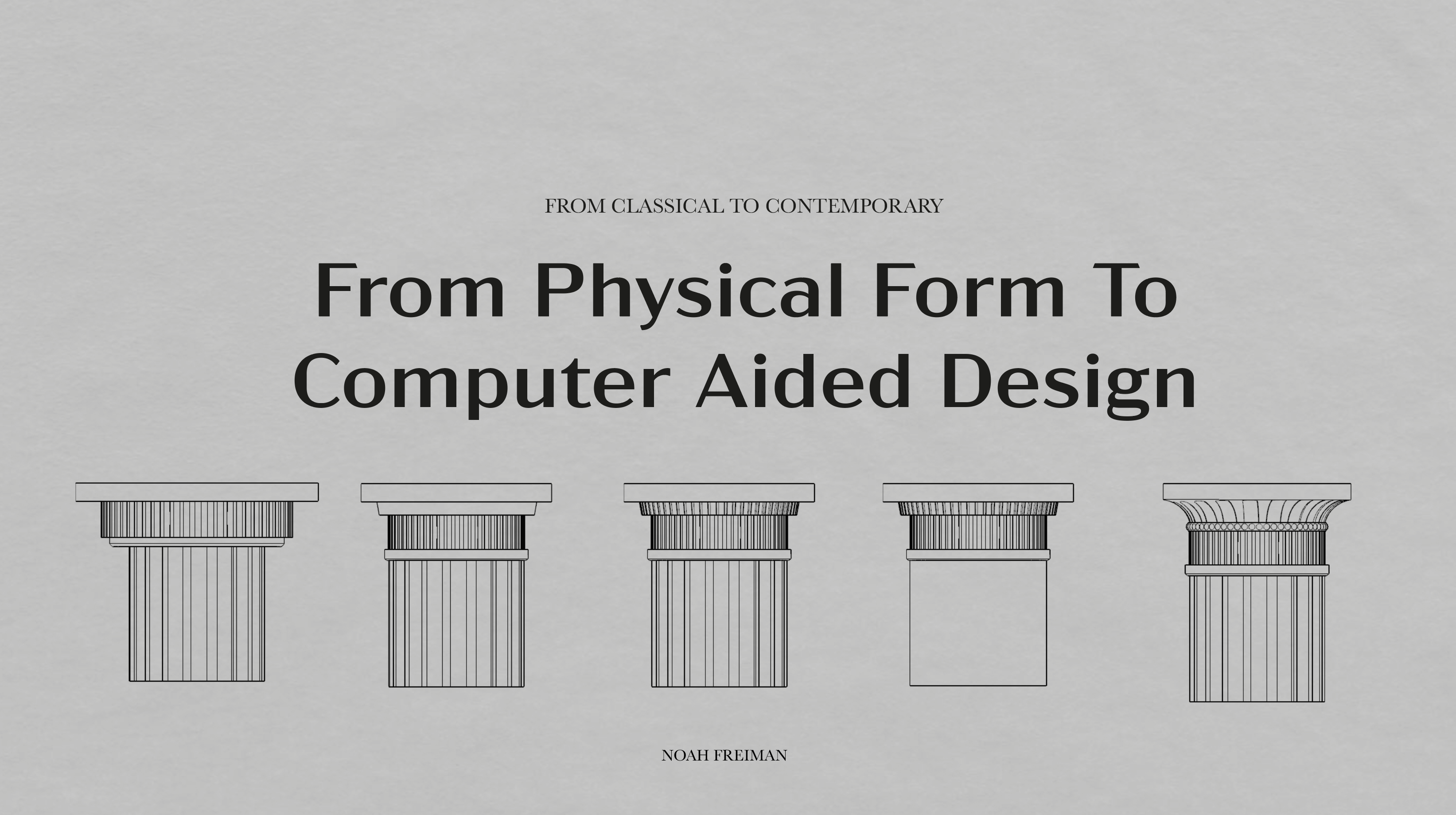
3D-printing
To really challenge the idea of making a contemporary column, I wanted the production to be innovative and not traditional as they have been for decades. I therefore decided to use a 3D-printer to realize my product. I made a bold move to print the column as one solid piece and challenged the printer to make the biggest output as possible with modern technology. After several attempts and approximately 117 hours of printing time my work paid off.
